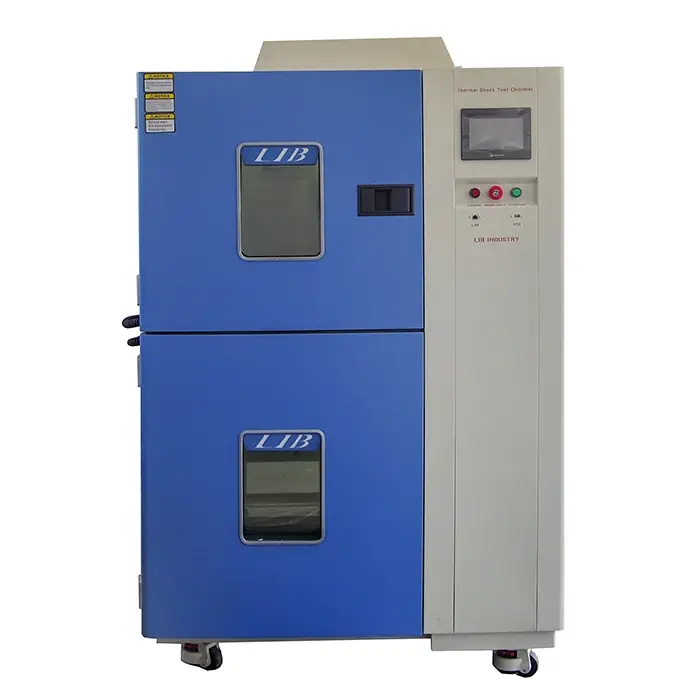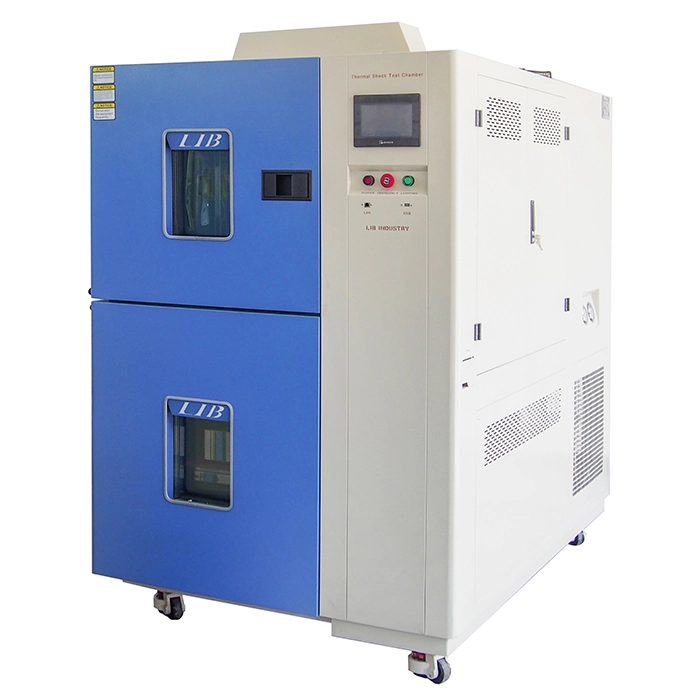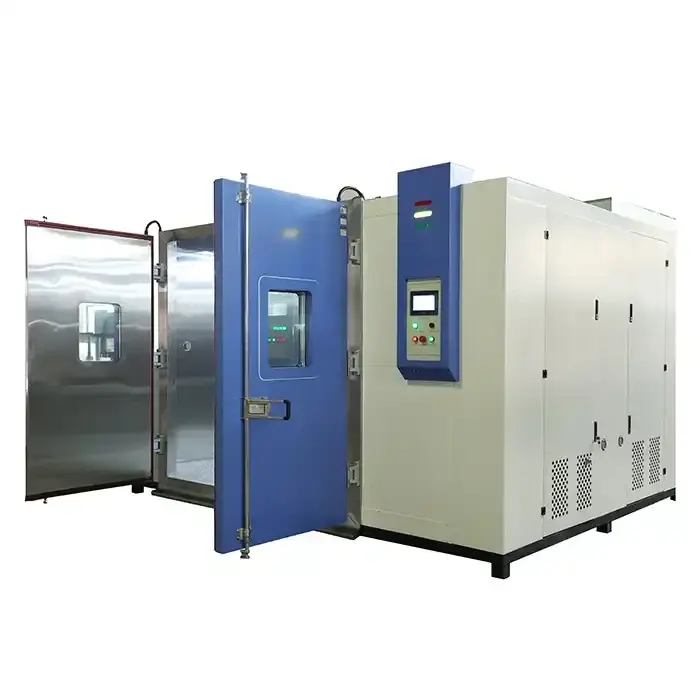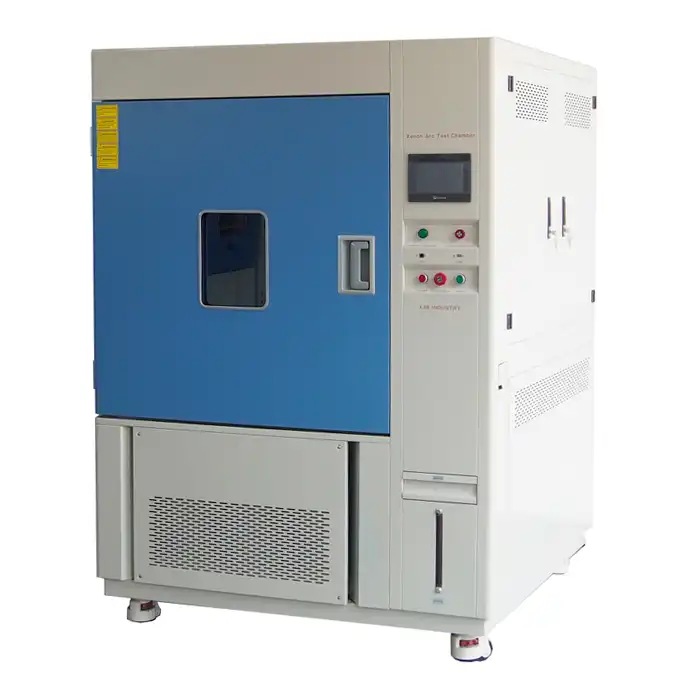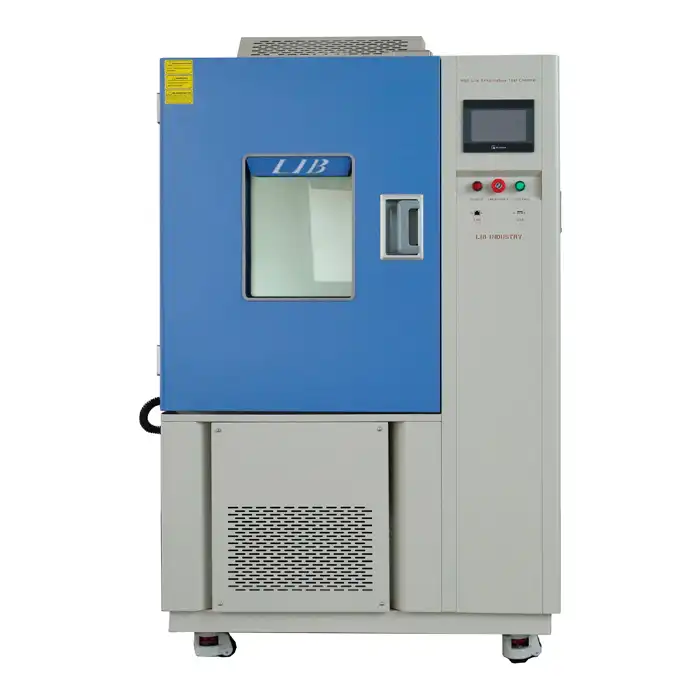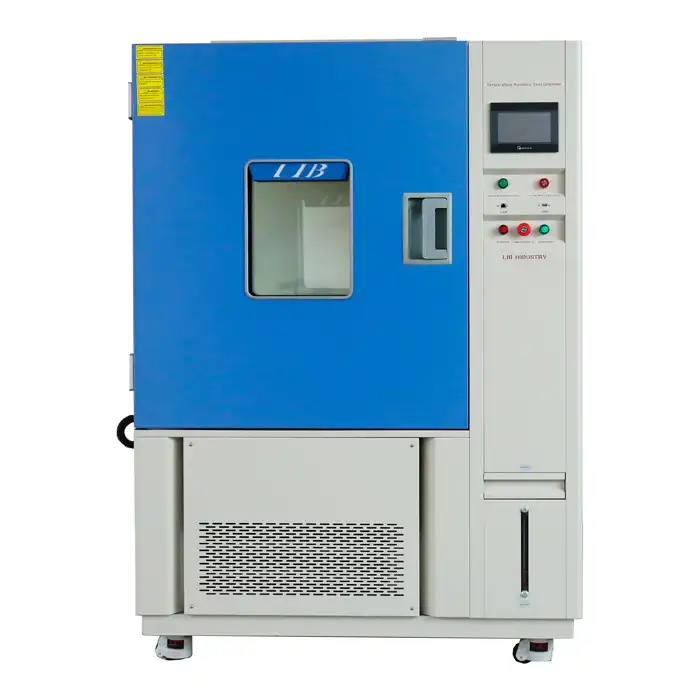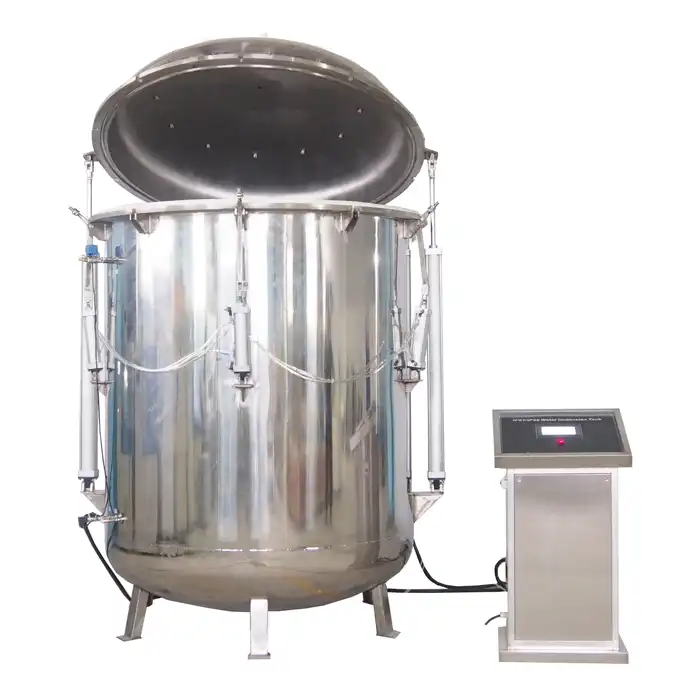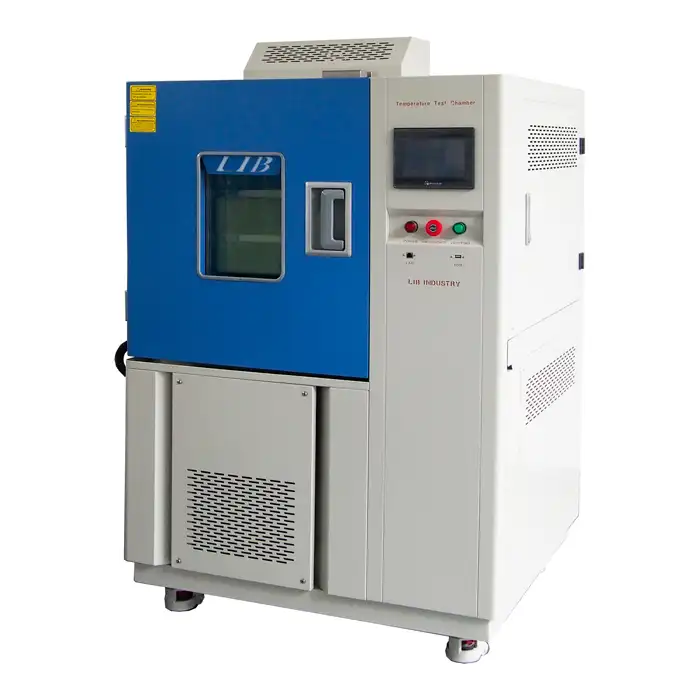Inside the IP54 Test Equipment: Key Components and Their Functions
In this blog, we'll take a closer look at the key components that make IP54 test equipment effective and how each plays a vital role in delivering precise, reliable results. Understanding these components will guide you in choosing the right system for your needs.
What is IP54 Test equipment
The IP5X and IPX4 test chambers are used to evaluate the ingress protection (IP) ratings of electronic devices, specifically their resistance to dust and water.
IP5X Test Chamber: This chamber is designed to test devices for dust resistance according to the IP (Ingress Protection) code. An IP5X rating means the device is protected from dust ingress, but not necessarily airtight. The chamber simulates dusty conditions to ensure that the device can operate without being damaged by dust particles. This is important for devices used in harsh, dusty environments.
IPX4 Test Chamber: This chamber tests for water splashes. An IPX4 rating indicates that the device can withstand water splashes from any direction without harmful effects. The test involves spraying water onto the device from all angles for a set period of time. It’s common for products like smartphones or outdoor equipment that might be exposed to rain or splashing water.
Examining the Water Delivery System - Pumps, Flow Meters, and Pressure Regulation
The water delivery system in IPx4 test equipment is a complex network of pumps, flow meters, and pressure regulators. The pumps ensure that water is consistently supplied to the spray nozzles, typically at a flow rate of 10–15 liters per minute. Flow meters monitor the volume of water passing through the system to ensure accuracy, with a tolerance typically within ±5%. Pressure regulation is critical for maintaining the correct water pressure during testing, as too much or too little pressure can affect the test's outcome.

For example, precise pressure regulation ensures that the water spray is forceful enough to simulate environmental conditions without damaging the product being tested. The typical operating pressure for IPx4 tests ranges between 50 and 150 kPa, depending on the specifications of the equipment. Flow meters, on the other hand, ensure that the amount of water used in the test meets the standards set by IP54 requirements, which stipulate specific water exposure levels.
Analyzing the Observation Window and the Control System Interface
The observation window and control system interface are important features of IP54 test equipment, allowing operators to monitor the test in real-time and make necessary adjustments. The observation window typically features toughened glass with high optical clarity, enabling technicians to observe the test process without interference. This clear view of the specimen allows operators to assess the effectiveness of the water spray and detect any immediate signs of failure or water ingress.

Meanwhile, the control system interface offers an intuitive way to manage all test parameters, from water pressure and duration to nozzle calibration. Modern systems are equipped with digital interfaces, often featuring touch screens and advanced software that allows precise adjustments in real-time. A well-calibrated control system can ensure that all test parameters are within the specified ranges for IP54 testing.
The Importance of Water Management, Filtration, and Drainage Systems
Effective water management is vital for ensuring the smooth operation of IP54 test equipment. Filtration systems are responsible for removing impurities from the water, such as debris or sediment, that could clog the nozzles or interfere with the test. Clean water is essential for maintaining the integrity of the test and ensuring that results are not compromised by contaminants. Filtration systems typically include multiple stages, such as coarse, fine, and ultra-fine filters, with pore sizes ranging from 10 microns to as small as 0.5 microns.
Drainage systems, on the other hand, are designed to handle the excess water generated during testing. Proper drainage ensures that water does not accumulate in the test chamber, which could lead to inaccurate results or damage to the equipment. A high-quality drainage system will usually have a flow capacity of 20-25 liters per minute, ensuring that water is efficiently removed from the test area. Additionally, a well-designed drainage system helps extend the lifespan of the equipment by preventing water damage or corrosion.
If you're looking for high-quality, reliable IP54 test equipment, LIB Industry provides turnkey solutions, from design and production to installation and training. For more information or to discuss your specific testing needs, feel free to contact us at ellen@lib-industry.com.
References
1. "Ingress Protection (IP) Rating Codes and Their Applications in Environmental Testing" - Journal of Product Testing and Evaluation, 2023.
2. "Water Ingress Testing Standards: A Comprehensive Guide for Manufacturers" - Testing Technology Review, 2024.
3. "Advances in Environmental Chamber Design for Precision IP Testing" - Manufacturing Insights, 2023.
4. "The Role of Calibration in Environmental Testing Equipment" - Journal of Calibration and Metrology, 2023.



